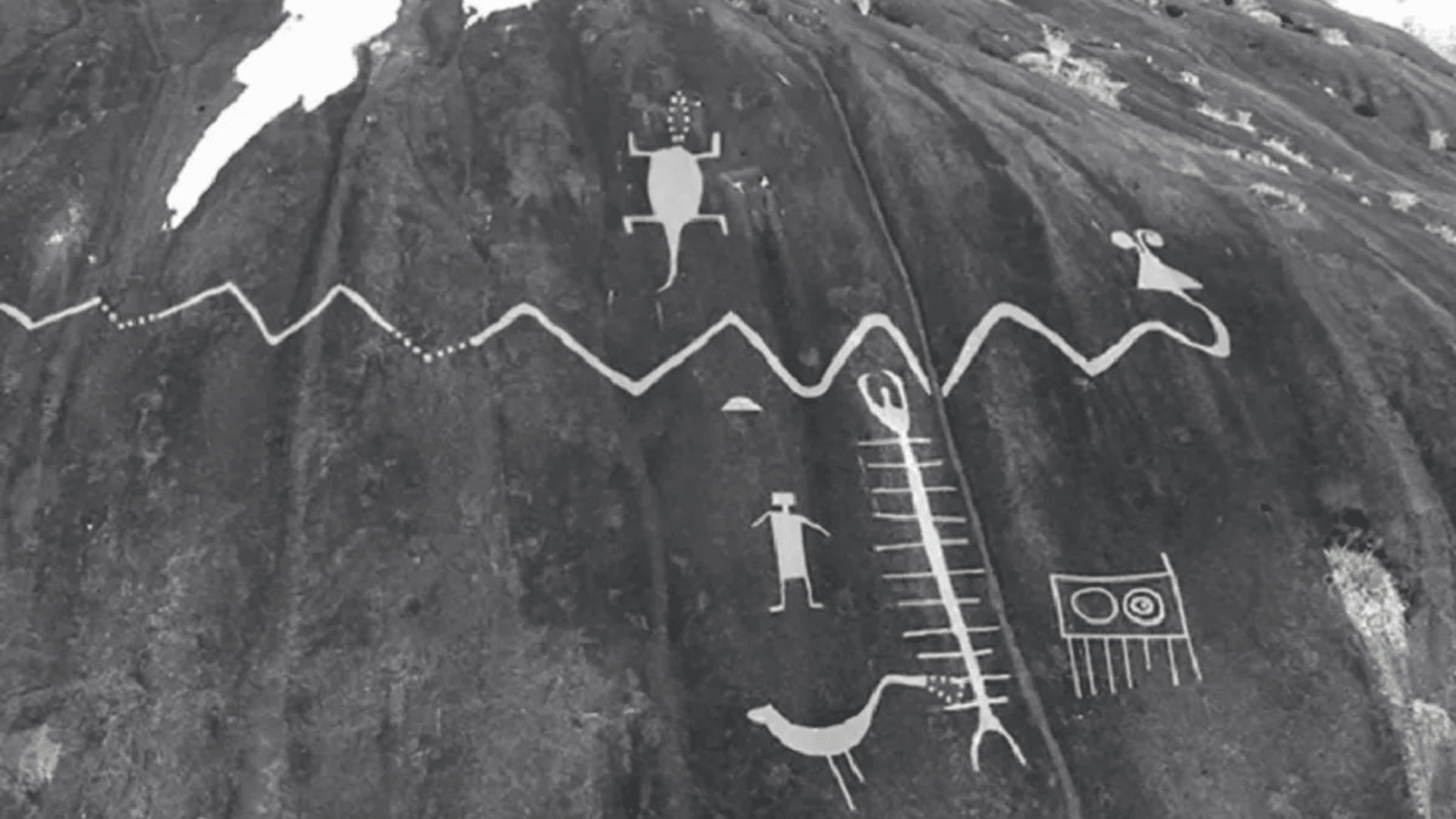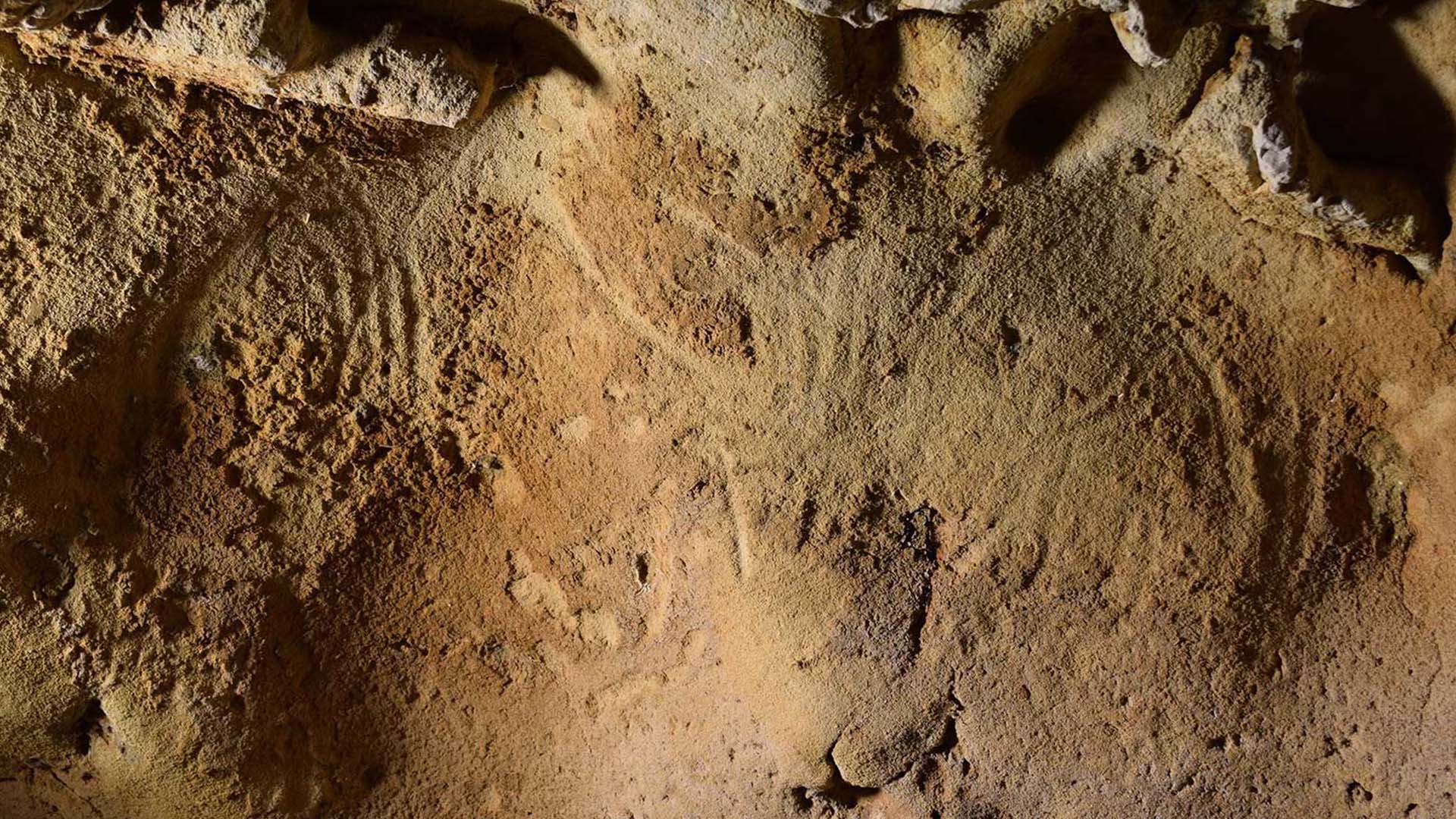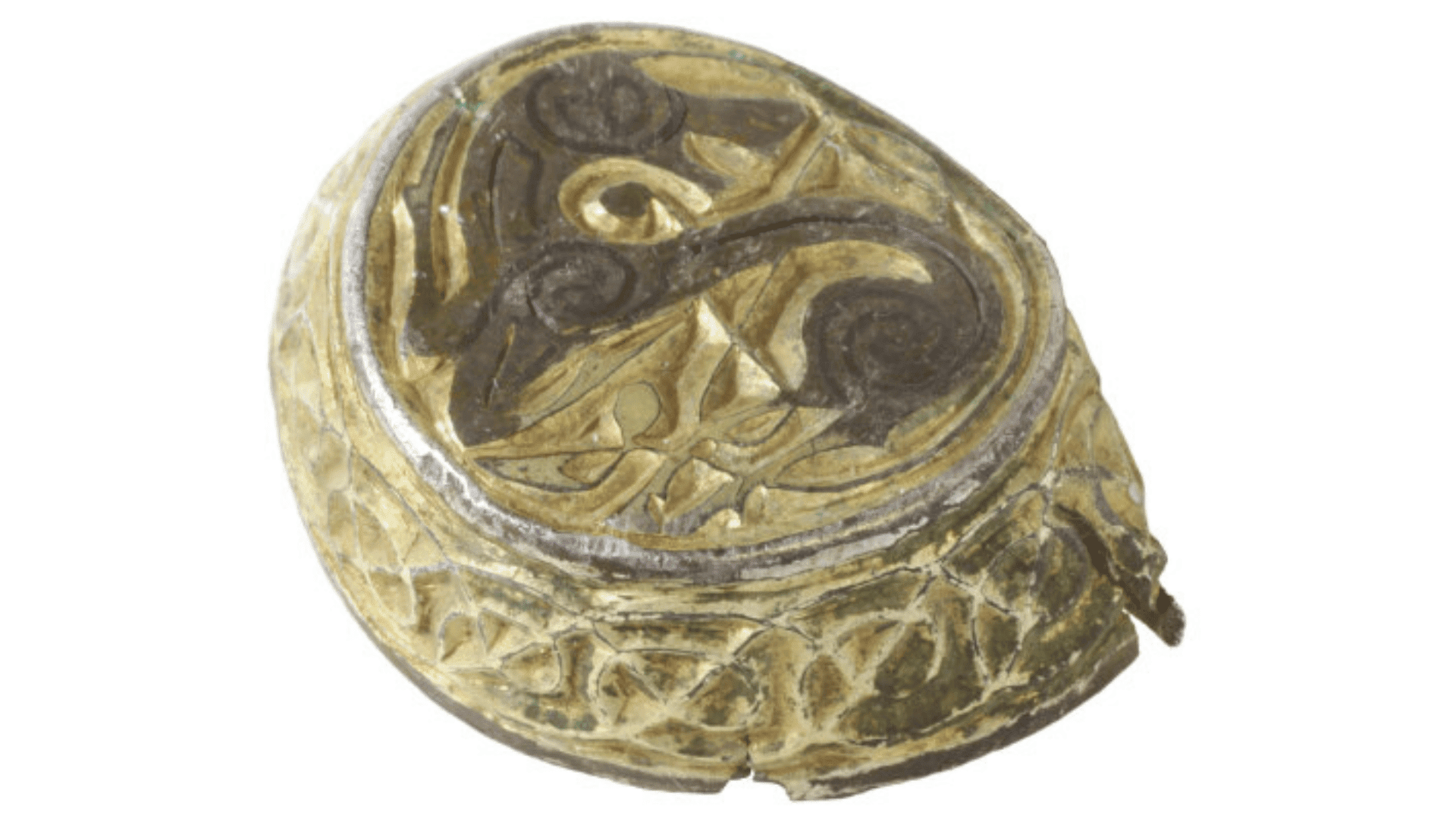In a new study, archaeologists mapped 14 sites along South America’s Orinoco River, comprising some of the world’s largest rock art.

Among the pieces featured include human figures, giant Amazonian centipedes, and a zig-zagging snake that stretches approximately 131 feet. After examining the drawings, archaeologists have concluded that they were created to signal territorial boundaries and discourage travelers from engaging.
The engravings are high up on rock faces along the Upper and Middle Orinoco Rivers in Venezuela and Colombia. Before this recent study, archaeologists had discovered and dated pottery in this area, depicting similar styles and motifs.
The researchers speculated that this could mean the rock art was created around the same time, making it at least 2,000 years old.
“These monumental sites are truly big, impressive sites, which we believe were meant to be seen from some distance away,” Dr. Philip Riris, lead study author and Senior Lecturer in Archaeological Environmental Modelling at Bournemouth University said in a statement sent to IFLScience.
Using a combination of drone photography and help from local guides, the team mapped the location of the rock art for the first time. Though some of the engravings had been documented previously, the recent study captured some that hadn’t been officially identified.
Explore Tomorrow's World from your inbox
Get the latest science, technology, and sustainability content delivered to your inbox.
I understand that by providing my email address, I agree to receive emails from Tomorrow's World Today. I understand that I may opt out of receiving such communications at any time.
Additionally, regarding location, the researchers behind the study believe that the placement of the engravings could provide clues as to why prehistoric cultures created them.
“The engravings are mainly concentrated along a stretch of the Orinoco River called the Atures Rapids, which would have been an important prehistoric trade and travel route,” stated Dr José Oliver, Reader in Latin American Archaeology at UCL Institute of Archaeology. “This means it would have been a key point of contact, and so making your mark could have been all the more important – marking out your local identity and letting visitors know that you are here.”
The snake depicted in the artwork is likely either a boa constrictor or an anaconda. These two giant snake species are native to tropical South America and are important to local spirituality and folklore. Researchers behind the study hope their work will allow the sites to receive official protection.







